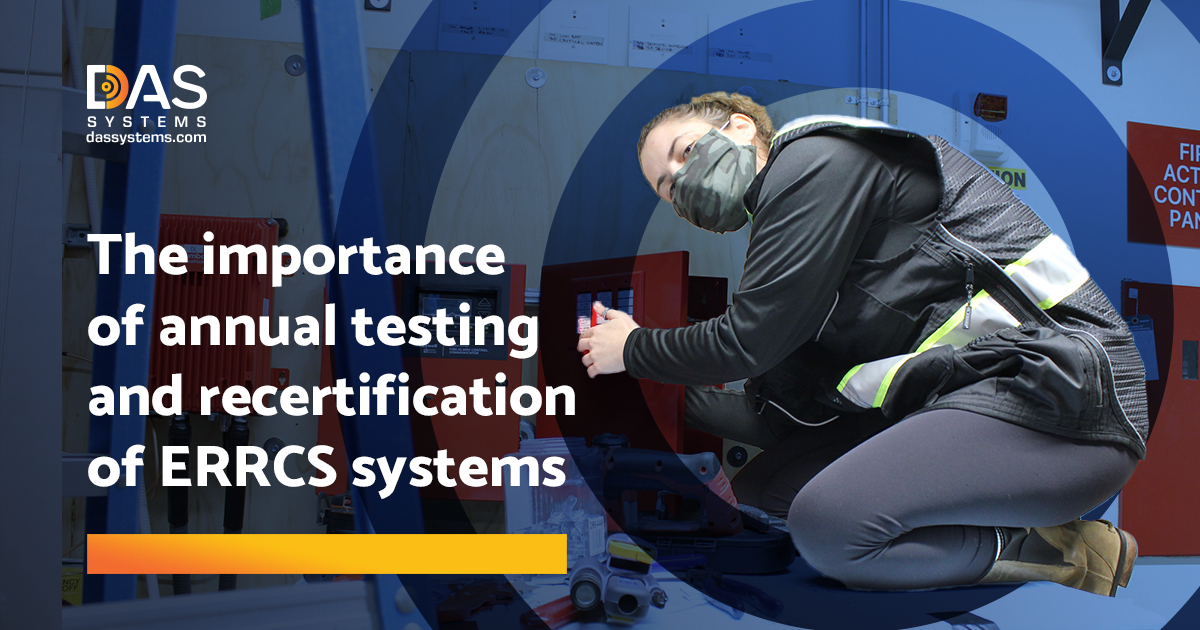The Importance of Annual Testing and Recertification of Existing ERRCS Systems
Why an ERRCS is so common
During the September 11th attacks in New York City, emergency workers had trouble speaking to one another during the search and rescue operations.
These challenges included complete radio communication failures. This caused first responders within buildings to lose touch with dispatch and fire teams outside, placing their lives in danger and hindering rescue attempts.
How and why ERRCS offer life-saving public safety systems
An Emergency Responder Radio Coverage System, or ERRCS installation within a building or structure is vital, it touches down on a matter of life and death.
In fact, it has become a requirement within the United States that building owners must install on-site ERRCS systems.
Communication failures on 9/11 raised awareness on the significance of well-functioning ERRCS. The event effectively emphasized the necessity for tools that would allow responders to communicate in the case of an emergency without interruption or signal loss.
Since 9/11, legislators, stakeholders, and commercial building owners have made ERRCS installation, testing, and recertification a top concern.
The ERRCS system aims to boost critical communications to first responders in and around a building to get the word out.
An ERRCS operates through an extension of the public safety network by leveraging a setlist of small antennas extracted from a distributed antenna system (DAS). The system effectively allows all users to send and receive radio signals throughout the area and to base stations.
What goes into annual testing and recertification
Is your building equipped with a public safety signal booster or an ERRCS?
If so, when was the last time an expert had your system inspected? If it has been more than a year, your equipment may no longer meet current standard safety requirements.
An annual assessment of your system will generally analyze eight or more components to confirm that the system continues to run and perform in accordance with NFPA, IFC, and local code compliance.
These systems include, but are not limited to:
- System Coverage
- Pathway Survivability
- Donor Isolation
- Equipment Alarms
- Backup Power
- Lightning Protection
- Inspection Records
- As-Built Documentation
Moreover, the inspection and recertification can include grid testing to conduct a system coverage assessment, alarm verification, and scenario assessment.
Closing thoughts
There is an immense value placed on human lives by regulators, lawmakers, and stakeholders, based on evidence-based decision-making, experience, and disaster resilience strategies.
Ensuring public safety is a pivotal aspect of our lives, which is enforced by federal, state, and county regulators through fire marshals, municipalities, and other authorities.
As such, maintaining oversight on your annual ERRCs testing, maintenance and recertification is a vital to ensure your compliance with building codes, while contributing to your building and community’s overall safety.
Contact us to learn more about how Peer Communications provide you with value engineering for all your ERRCS testing, maintenance, and recertification needs.
Keep up with our updates and announcements on LinkedIn and Facebook, and check out our other blog posts to learn more about our DAS solutions.





